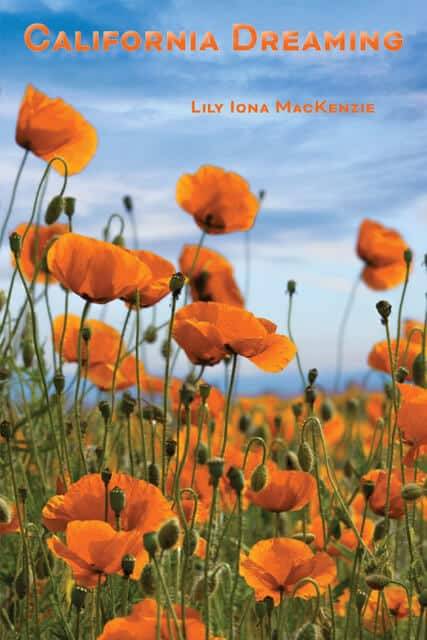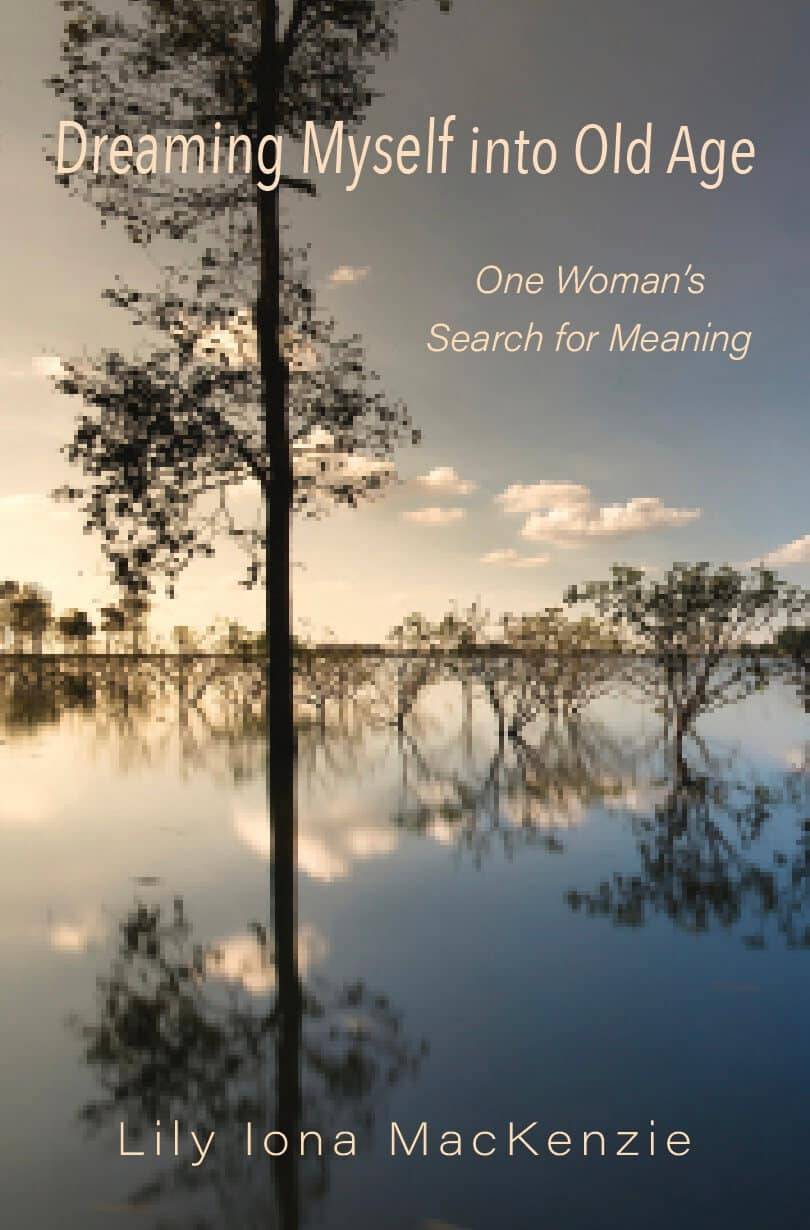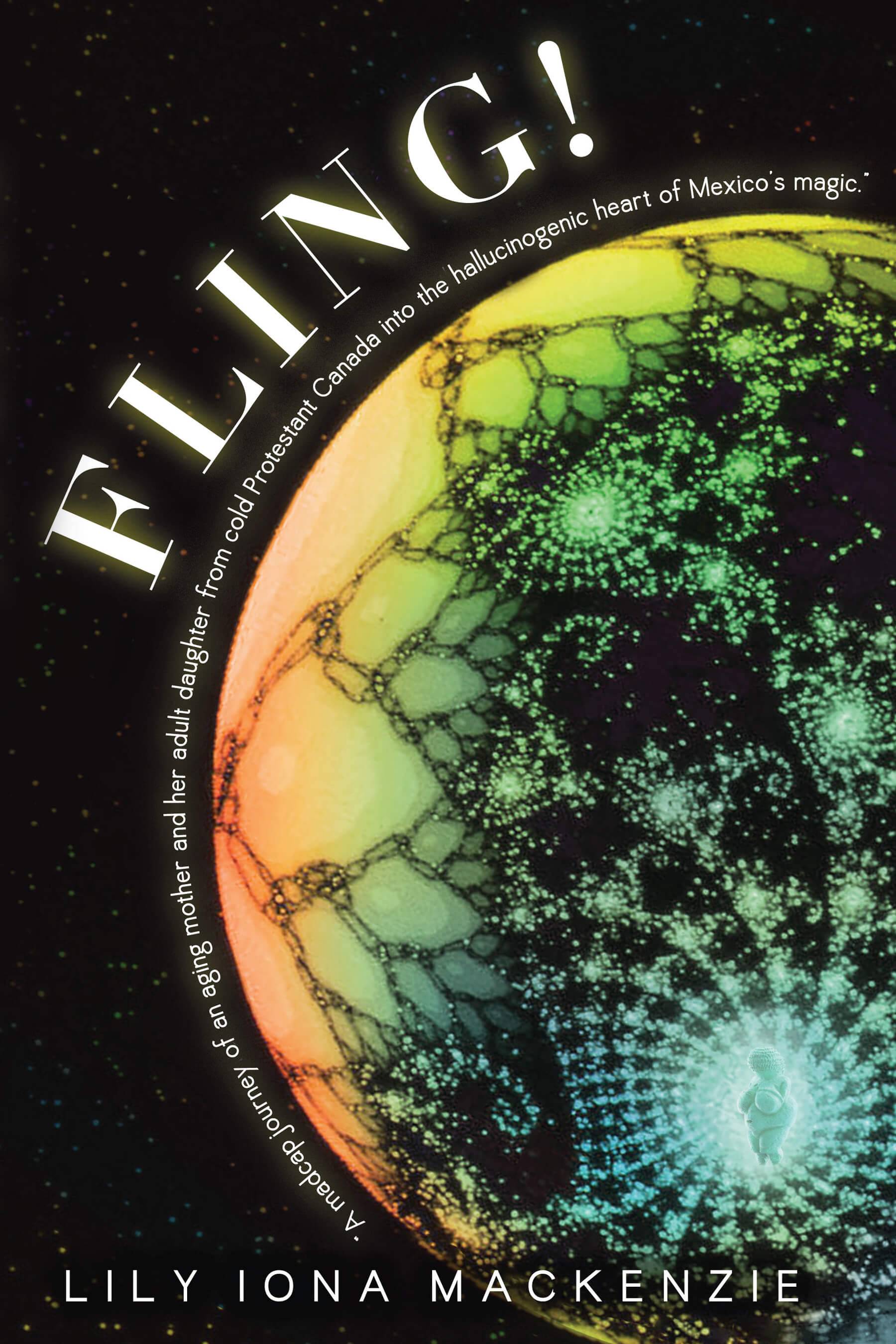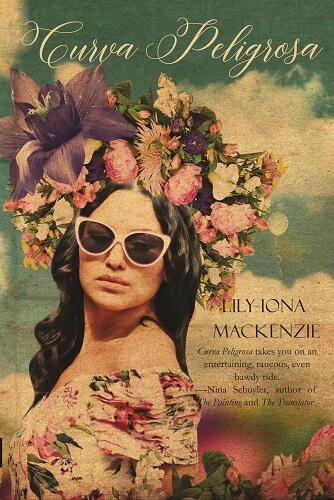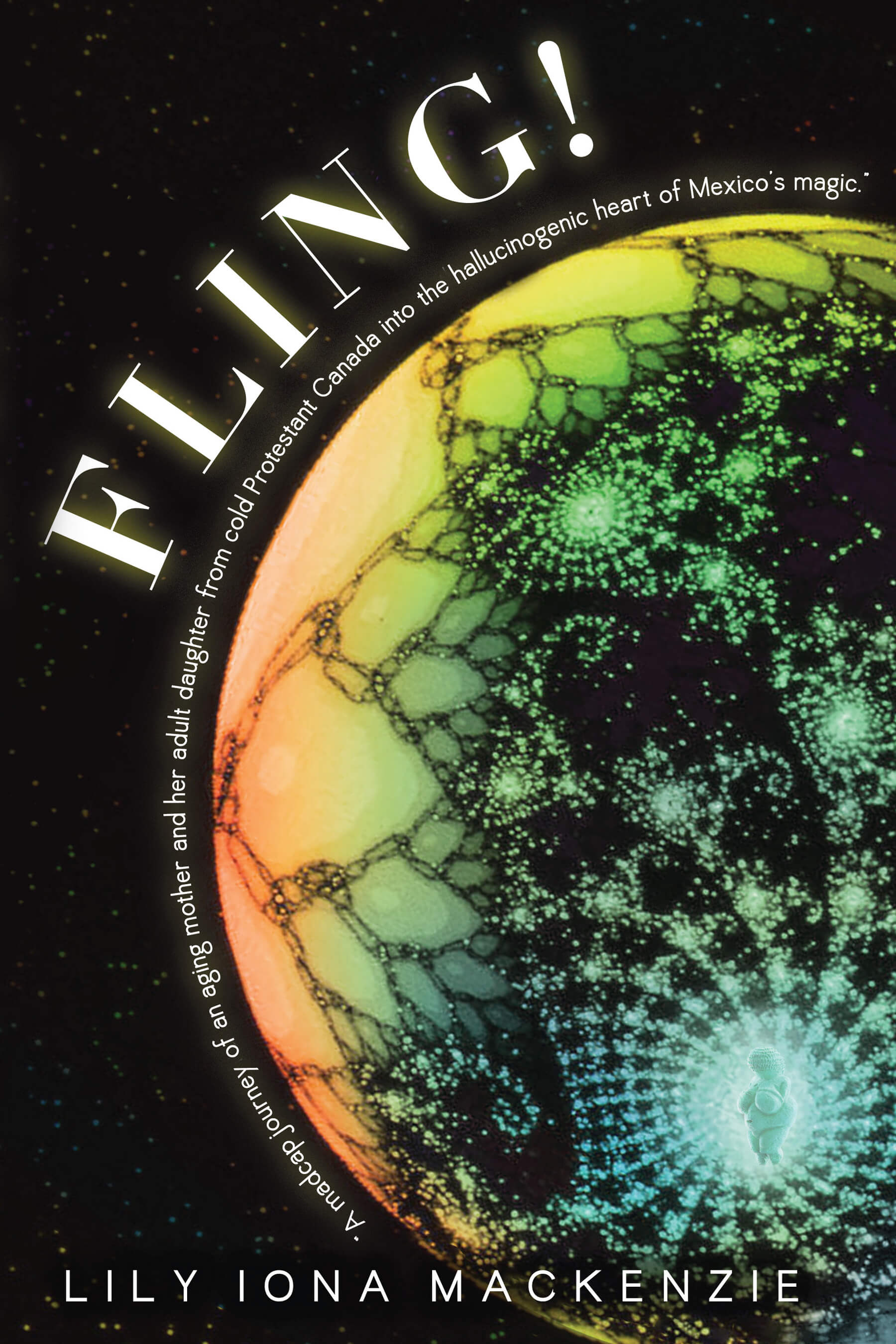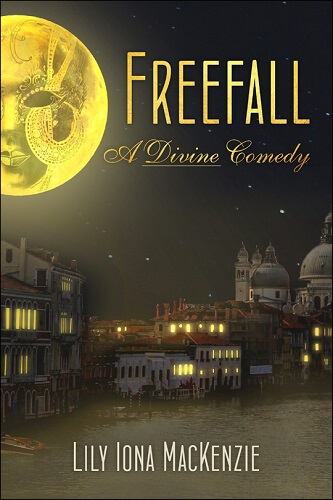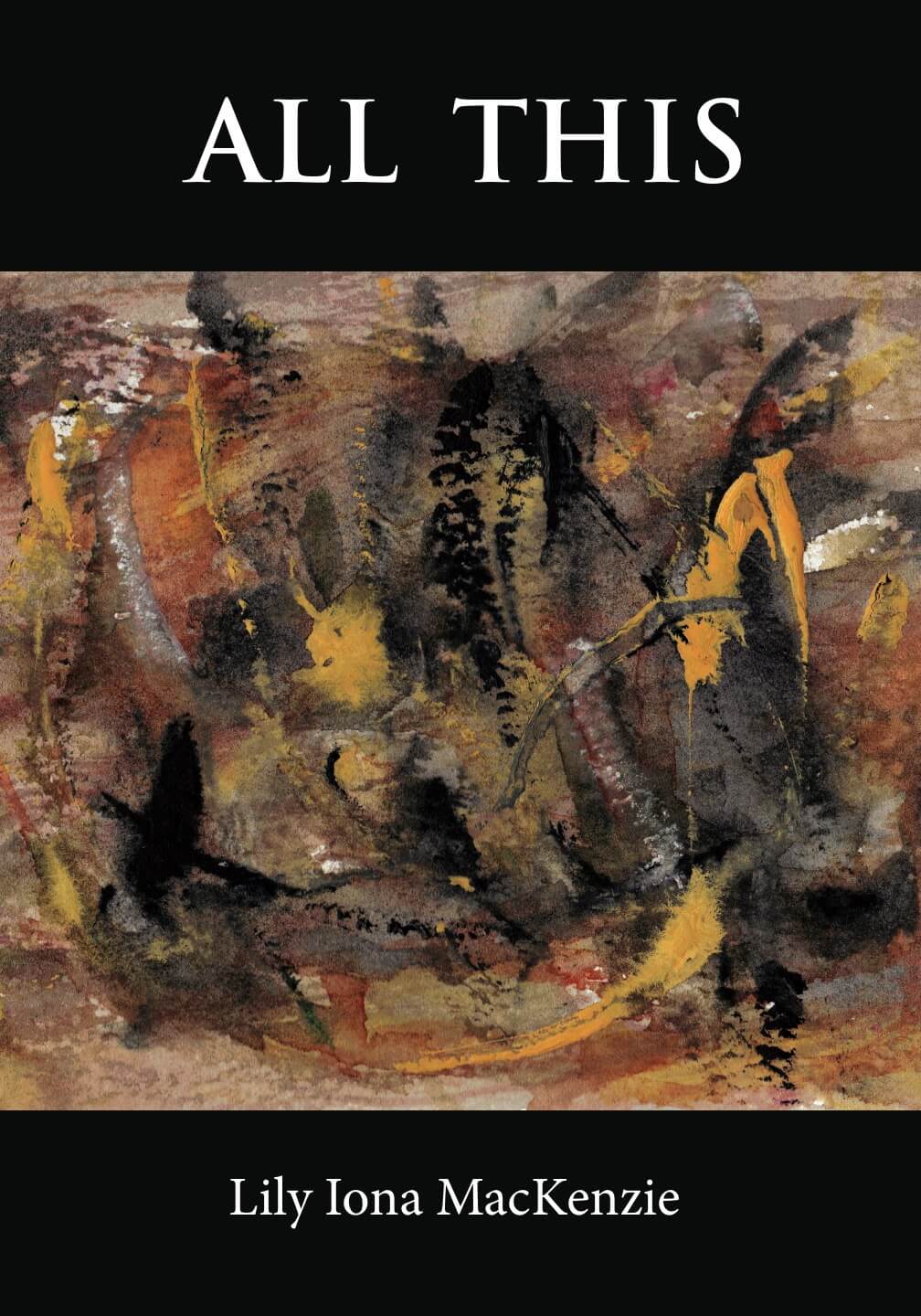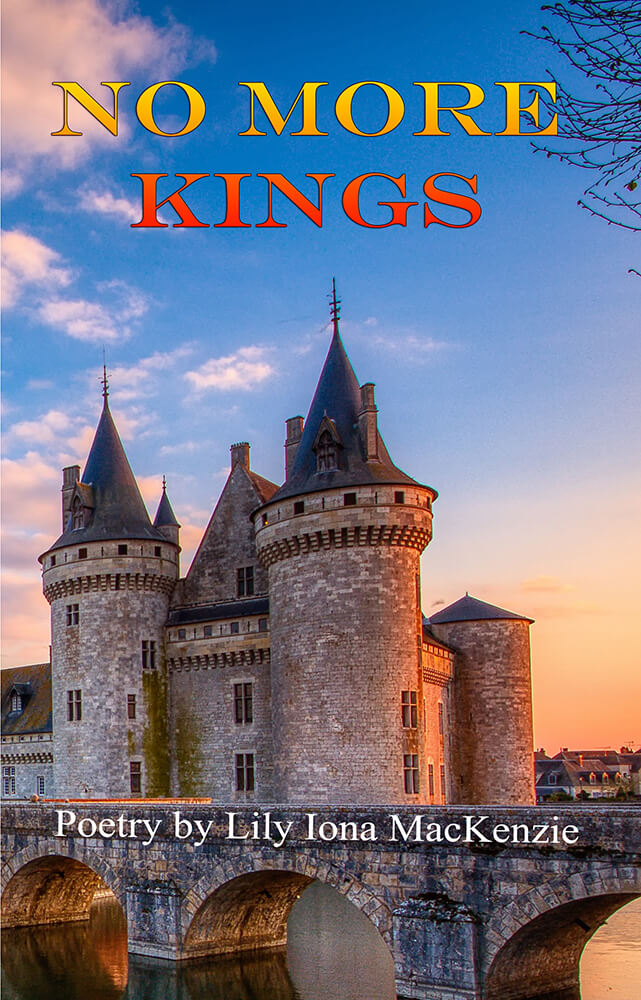 About Master of Alaska
About Master of Alaska
The detail and research that author Roger Seiler used—from biographies to actual letters and reports by the Governor Baranov himself—creates a riveting story.
Master of Alaska – a compelling Historical Fiction about the first governor of Alaska sent to the colony by Russia in 1790 – George Washington was President at the time. Master of Alaska starts in October 1790 when Aleksandr Baranov left his family in Russia and sails across the North Pacific to Kodiak to become the chief manager for Tsarina Catherine the Great’s colony in the far Northwest of North America. Baranov is shipwrecked, saved and adopted by the Aleut natives. Later he is forced to marry Anooka the daughter of the tribal chief, despite still having a wife back in Russia to save his men from starvation. Only slated to serve five years, Baranov spends the next 28 years in Alaska, surviving natural disasters, a massacre of his people at Sitka, meddling competing Russian authorities, a British attempt to undermine his colony and an assassination attempt. Interestingly, Baranov’s native wife and teenage daughter play an intricate role and contribute much to his success and survival in Alaska. Baranov built an empire and sought peace with the warring Tlingit, and thanks largely to his efforts Alaska is part of the U.S. today.
Excerpt:
Baranov Meets Anooka (p. 82)
INTRO: After Aleksandr Baranov had reached the Russian settlement at Three Saints Bay on Kodiak Island, he took command of the colony. The Aleut village chief, named Grigor by the Russians, had learned to speak Russian and invited Baranov into his longhouse to confer. As they sat in front of the central fire, Baranov took from his pocket a bright copper plate engraved with Tsarina Catherine’s coat of arms and gave it to Chief Grigor as a gift.
Chief Grigor’s eyes widened in amazement as he examined the copper plate closely. “This is important,” he said.
It was exactly the reaction Baranov wanted. He continued, “I look for a long future of friendship between us. We can help each other in many ways. I must explore Montague Island, over here, and need some of your men as guides.”
“Great Nanuq, do you have a woman?”
Baranov was taken aback. “I have a wife in Russia.”
“In Russia? What good is that? Take my daughter for wife. Then I be your father, and we work together as one. This way we make powerful alliance.”
Before Baranov could react, Chief Grigor turned and called out to his daughter in his Native tongue, “Anooka, come here!”
From a dim recess of the lodge, a slender seventeen-year-old in deerskins approached with unusual youthful dignity. She had glistening long, black hair flowing over her shoulders, and set in an oval face were the high cheek bones common to many Natives. Her big, warm, brown eyes looked out from under lovely arched eyebrows. Clear, tan skin, a straight, pretty nose, and a mouth with soft lips completed her. To Baranov, Anooka was strikingly beautiful. Though reserved, the self-confidence of her rank allowed her to glance at the strange Russian in front of her, and then she faced her father.
In the Kenaitze dialect of the Alutiiq language, the chief told her, “Turn around and face the great Russian Nanuq.” She did so. With no hint of shyness, she looked Baranov right in his eyes. Her intelligent dark eyes held his stare as an equal for a long moment, until she yielded a slight smile, revealing perfect white teeth, and looked down.
Nanuq quickly collected himself and, wanting to get back to the negotiations for guides, replied, “Chief Grigor, your offer is most generous. But as I said, I already have a wife in Russia.”
Grigor insisted, “But not here. How long has it been, great Nanuq, since you’ve had a wife at your side?”
Baranov stared at him in silence. He didn’t want to offend the man, but the proposal was absurd.
The chief tried once more. Certainly an alliance with this Russian Nanuq would greatly benefit his own stature in the eyes of his people—and especially their southern enemies, the hated Tlingit.
“I see. Well, you need a wife here! And we need a strong alliance.”
“A Russian can only have one wife.”
“Poor man! Poor man!” said Grigor in mild disappointment. He knew that making such alliances, especially with one as strong as Nanuq, could take time and much negotiation. But just how strong was Nanuq, anyway? Maybe he should be tested. There was more than one way to impress the Tlingit with Kenaitze power. Grigor motioned to Anooka to return to her work.
“Well, then, the least I can do for you is give you the guides you need.”
Anooka sat on a blanket in the back of the longhouse, where she had been making a bear claw necklace for her father. Why did Father want to give her to this man? Though short, he looked strong and intelligent, but strange. Could she ever want him? She knew what she wanted would count for nothing. Her father would decide, and she had to trust him to choose well for her. She would ask one thing: that her father wait until he really knew a man before he made his choice. As his daughter, she deserved at least that, and the chief had only just met this Nanuq.
Baranov looked into the shadows for Anooka, straining for another glimpse of her youthful beauty. Grigor noticed.
About the Author Roger Seiler
Award-winning filmmaker and author Roger Seiler grew up in Alaska from age three. His love of adventure comes from both his parents. His father Edwin was a civil engineer eventually becoming an Alaskan bush pilot. His mother Josefina was born in Puerto Rico and was a writer and Alaskan sport-fishing lodge manager with the hobby of Flamenco dancing. In his late teens, Roger was a king salmon sport fishing guide on Alaska’s Naknek River, and also a commercial salmon fisherman in Bristol Bay.
He attended Deep Springs College and graduated With Honors from UCLA with a BA in Theater Arts – Film. His first film work was for UCLA’s Automotive Collision Research project, including a film for TV, “Safety on the Road,” which he wrote, produced and directed. While attending UCLA, Roger also worked with actor Karl Malden and famed director Francis Ford Coppola.
Roger worked for IBM for several years as an in-house filmmaker involved largely in producing and directing motivational films for employee conventions. He has made over 30 documentary films. His IBM film, The Inner Eye of Alexander Rutsch had a special screening at New York’s Museum of Modern Art and won the CINE Golden Eagle Award, as did three of his other films, Frontiers, Challenge Over the Atlantic, and Strategy of the Achiever.
Roger currently lives in South Nyack, NY with his wife Sally. Roger is a devoted reader and supporter of libraries. In 1977 he was elected to the Board of Trustees of the Nyack Library (Carnegie funded in 1879) and has continued to serve for 40 years, 16 as Board President. Master of Alaska, a historical novel, is his second book and whose publisher North Face Publishing is a subsidiary of Motivational Press Publishing.
Interview with Roger Seiler
How do you come up with book titles?
A title must grab attention and be easy to remember. The subtitle should suggest what the book is about, with a bit of a hook – intriguing but not giving away too much.
What have people most liked or found most meaningful/funny/creative/ challenging about your book?
They love the dialog and the way they hear what is going on inside the characters’ heads. Then they say they were gripped by the adventure, the conflicts, and how the confilcts are resolved.
Why do you write?
I love making characters come to life on paper. Seeing them, hearing them, thinking how they think, feeling what they feel, and putting it all down on paper in words that make it all seem real gives me a thrill.
Where do your characters come from?
I focus on the historical novel genre, so my characters come from history. Mostly they are people who actually existed or could have existed at the time of my story. My fictional people help to draw out and support the character exposition of the true-to-life protagonist and antagonist. The protagonist has to be someone we can identify with and admire in some way – maybe not all the time, but most of the time. The antagonist and bad people are bad because they have no empathy for anyone. I try to show that the greatest conflicts between people can be negotiated with empathy.
At what moment did you decide you were a writer?
When I won an American Legion writing contest in the 8th grade. I still have the silver medal I won, but the essay I wrote on some patriotic subject is misplaced somewhere. It led me to historical fiction, usually focused on some time of conflict in American history. I love telling stories about real people who were unique, fascinating, conflicted, and who tell us something about the human condition that is useful in our own lives. My first story came in 1987 — a sci-fi story about a scientist who discovered the origin of Dark Energy and the ordinary composition of Dark Matter.
How do you start a novel/story?
I do historical research about a subject that interests me, first online and then in books and letters. Then I sketch the story by hand on paper as scenes based on history in a rough outline, using the guidelines of the three act structure, the inciting incident, and the ups and downs within the story arc. I leave a lot of space between scene headings for me to add notes later. I look over the sketch and then start filling in details, though not in any particular order – just as ideas and visions of characters, events, and things come to me. Once the sketch is fairly fleshed out, I key it into my laptop. Then I start writing – a little bit here, a little bit there, as ideas come to me. At first, writing is like putting together a jigsaw puzzle. As for the start of the story, I come back to do that last after I really know my characters and what the heart of the story is about. I can almost never know this at the beginning of my process. I’ll typically do at least 100 rewrites of the first page to get it right – which I could never do at the beginning of the process because I don’t really know enough then about my characters and story which have had to evolve throughout my writing process. Sometimes a rewrite of the first page can involve a change of just one word or a punctuation mark, which can make a remarkably significant difference. Just like panning for gold – a constant flushing out of the sand to reveal what has value.
What feeds your process? Can you listen to music and write or not… can you write late at night or are you a morning person… when the spark happens, do you run for the pen or the screen or do you just hope it is still there tomorrow?
I rarely listen to music as I write because its mood can distract me from the mood of my story, as I concentrate on thinking, imagining, and writing. I start writing right after breakfast and just keep going until I run out of steam that day – sometimes that’s not until 11 at night. But I do have other things to do, so sometimes I’ll stop writing after 2 or 3 hours in the morning, then come back to it in the evening. Mostly, once I have an idea about how some characters are going to interact in a scene, I write continuously until it feels like I’ve got something meaningful happening between them, or a particular character has been more fully revealed.
What writing mistakes do you find yourself making most often?
I tend to overwrite, especially in “showing” the story. I’ve learned that it’s often best to “show” just the high points and low points of the story, but to “tell” what happens in between so as not to bog down the reader in unnecessary minutia, and to move the story along in a way that keeps the reader engaged. Too much “showing” can be boring. “Telling” has its place, like stepping on the accelerator to get in the fast lane. There needs to be a rhythm between show and tell, and once you find the right rhythm, you keep up its proper tempo.
Who is your favorite character from your book(s)?
In Master of Alaska, my favorite character is Baranov’s wife Anna with their daughter Irina a close second, because of their success in showing empathy for others. Baranov is fascinating, but he has had to learn from Anna how to succeed in dealing with adversaries. She showed him how to develop a different kind of inner strength than ever had before. Without her he would have failed.
If a movie was made of your book, who would the stars be?
Daniel Craig or Jeremy Renner would be Baranov; Ariel Tweto (1/2 Alaskan Native) as Irina, Baranov’s part Native daughter, unknown Alaskan Native as Anooka/Anna; James Franko as Kuskov. The film director should be Ali Selim.
Important Links:
Roger reading from his book: https://www.youtube.com/watch?v=qBgh3nraTrY&feature=youtu.be
On Twitter: https://twitter.com/MasterAlaska
On Facebook: https://www.facebook.com/search/top/?q=master%20of%20alaska
Website http://MasterofAlaska.com
On Amazon: http://amzn.to/2qrLNQQ
On B&N: http://www.barnesandnoble.com/s/Master+of+Alaska?_requestid=312472
On Goodreads: https://www.goodreads.com/book/show/31921257-master-of-alaska?from_search=true
